




Why Are Counting Numbers Important in Everyday Mathematics?
The first step in developing number sense is to help your kids in laying a good base in counting. There are many kids' books and television programmes intended to teach preschoolers to count and real fluency must be taught and practised continuously in order to teach the kids the complex Maths calculations.
What is Counting?
When you initially teach your child the numbers 1, 2, 3, and so on, he or she has no idea what they mean. Only when you count using objects, then only do they realise the meaning of numbers. Counting with numbers helps kids realise that numbers represent quantity (how many), and then numbers take on new meaning. This paves the way for more difficult Maths ideas to be understood.
Let's start with numbers 1 to 10. We've used counting numbers to determine the number of animals or birds in this case. The chart also demonstrates how we can count objects to 10 using our fingers.
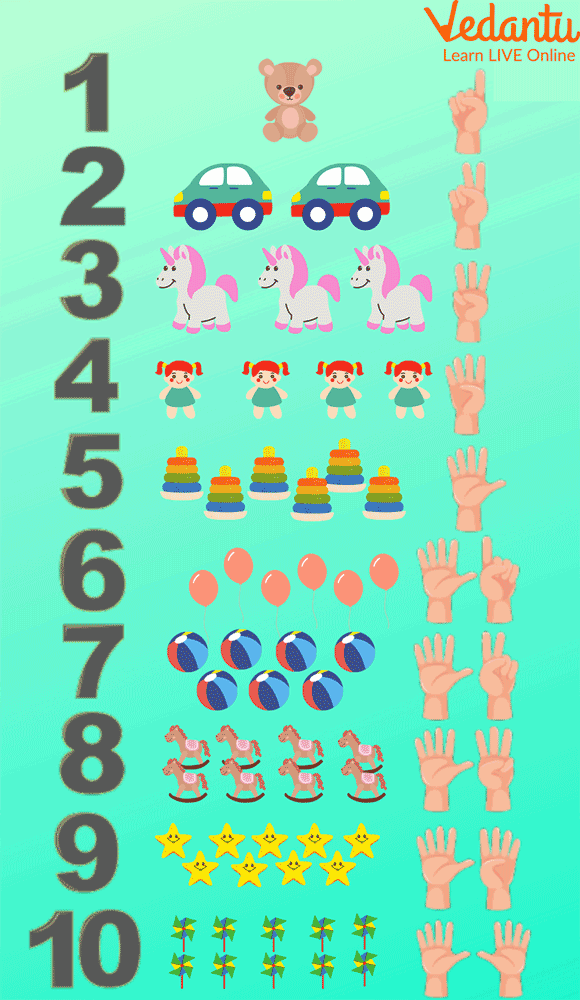
Counting 1 to 10 using our Fingers
The Counting Numbers
You might be wondering why we have counting numbers or how important they are. We like to categorise and classify things that are similar and have something in common or share some special property in Maths, just like we do in life. Counting numbers is simple Maths, nothing complicated, just 1, 2, 3... We utilise them on a daily basis to do things like:
Countdown the number of days left for vacation.
Count the number of miles you've driven so far.
Count the number of fruits in the basket.
8 Activities for Kids to Learn Counting
1. Colourful abacus
Invest in an abacus with large, colourful beads. Show children how to slide one bead at a time towards the right side by lining up all the beads on the left side. Count the beads along with them. The concept will be immediately grasped by young kids. You can then invite the kids to slide one red bead, two blue beads, three yellow beads, and so on. With this game, children will not only learn to count but they will also understand colours.
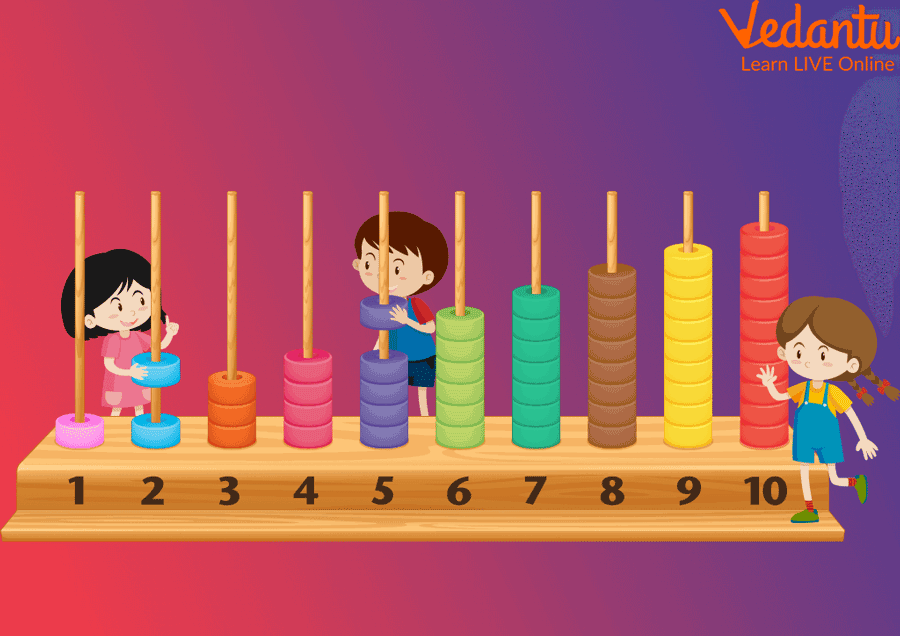
Colourful Abacus
2. Bouncing balls
Give each child an attractive ball or handle a single ball yourself if the children are very young. The goal is to bounce the ball around the floor and keep track of how many times it bounces. For young children, this could be quite a challenge. This is advantageous since they will have to count the first few numbers numerous times.
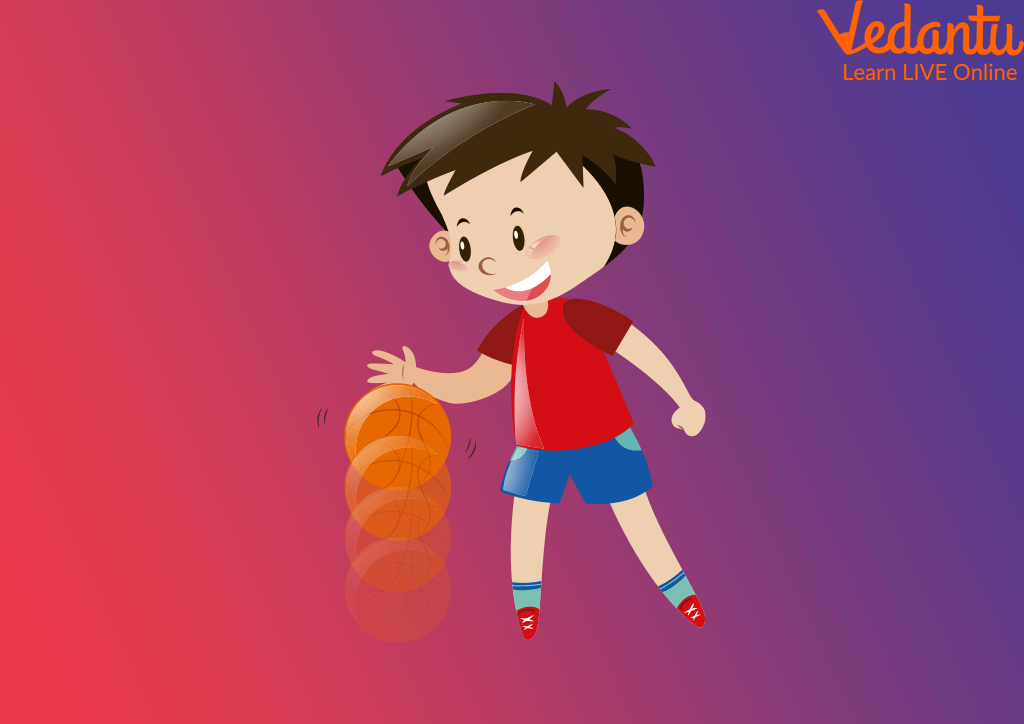
Bouncing Balls
3. One line, two lines, many lines!
Purchase scented markers, colourful highlighters, or any other form of marker or crayon that you know your kids will enjoy using. Encourage them to draw vertical lines at the bottom of a piece of paper using them. They must, of course, count the lines one by one. Depending on the age of the children in your group, you may then ask them to cut along the lines with scissors while counting them again. This practice will benefit young children who are learning to use safety scissors and will help them strengthen their counting skills.

Colourful Lines
4. Counting coins
Purchase an attractive piggy bank as well as a number of colourful coins to grab children's attention. Make sure the coins can be readily placed at the entrance of the piggy bank. Allow kids to take turns counting and depositing one, two, or three coins into the piggy bank. When the piggy bank is full, shake it until it is empty, then start over. This easy exercise is popular with kids. You can choose from a variety of piggy banks or create your own. Cut a slit in the lid of a metal coffee can and decorate it.

Counting coins
5. One for you, one for me
Help children in finding a partner at snack time. Fill a bowl with a choice of berries for each team. Encourage children to divide and count the berries as they place them in their own plates. If required, help children. If your group's children are little, have them each pick three berries at a time so that they only have to count up to three.
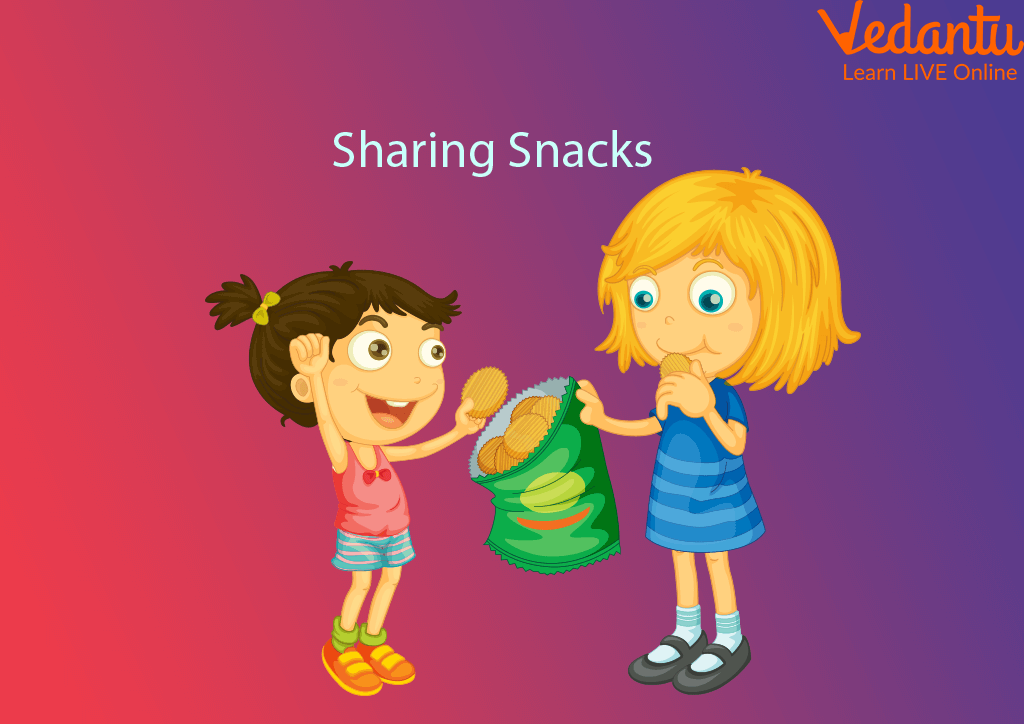
One for you one for me
6. Dance steps
Make up some easy dancing moves and teach them to your kids. "1, 2, 3...1, 2, 3..."
shows them how to count their steps.
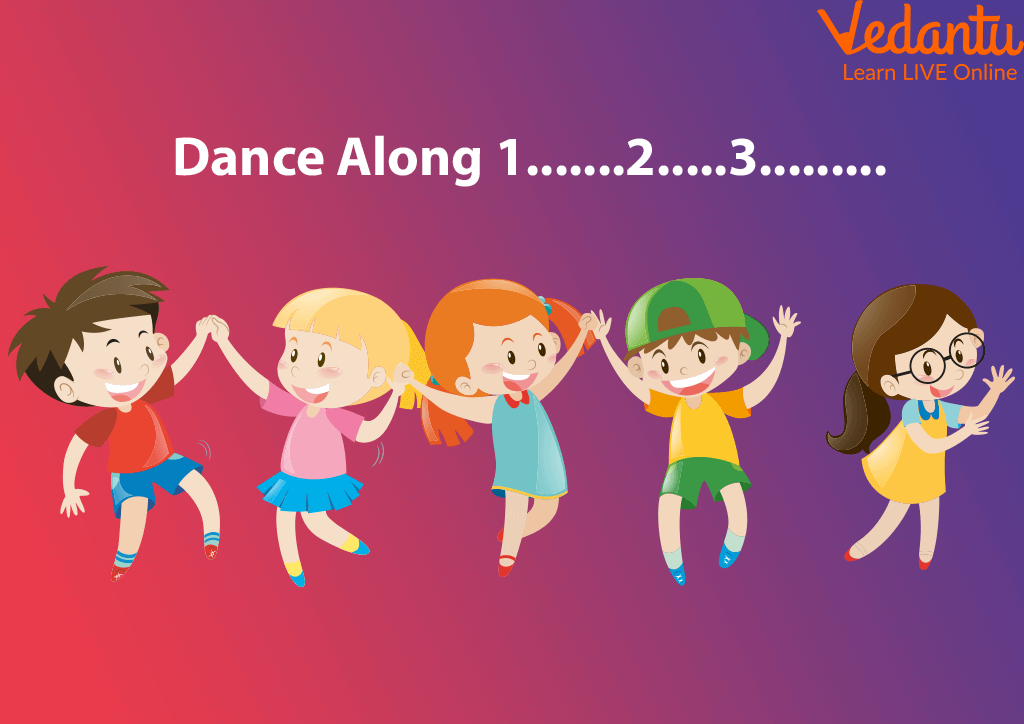
Dance steps
7. Light show
Flashlights are quite popular among children. Purchase a variety of bright flashlights. Turn off the lights and have some fun turning the flashlights on and off. Keep track of how many times the flashlights are turned on. The flashlights can also be used as spotlights to illuminate enormous numbers on a wall. Make a list of the numbers you see.

Light show
8. Money Games
Counting money is an important concept to teach children since it connects to real-life Maths. Even if the youngest kids are still learning to count by ones, they can practise counting with coins.

Money Games
Conclusion
As already discussed, teaching children to count is only the start of many steps in training them for Maths. In fact, it goes much beyond counting, as kids must develop fluency and number sense in order to solve higher-level Maths problems quickly and easily. When teaching counting to kids at home, use the activity ideas as mentioned above. It will make your child's learning fun with the help of counting games and activities and it will help quickly improve their Maths fluency!
FAQs on Counting Numbers: The Foundation of Maths
1. What is counting in mathematics?
Counting is the fundamental mathematical process of determining the total number of objects in a collection or set. It involves assigning a unique number word (like one, two, three) in a fixed sequence to each item, with the final number stated representing the total quantity of items in that set.
2. Why is learning to count considered the first step in understanding maths?
Learning to count is the first step because it builds number sense—a child's intuitive understanding of what numbers mean and how they relate to each other. It introduces core concepts like quantity, sequence, and order, which are the essential building blocks for all future mathematical skills, including addition, subtraction, measurement, and data handling, as outlined in the foundational CBSE syllabus for 2025-26.
3. What is the difference between rote counting and rational counting?
The key difference lies in understanding. Rote counting is reciting number names in the correct sequence from memory (e.g., saying “1, 2, 3, 4, 5”), often without connecting them to actual objects. Rational counting involves the ability to accurately count a group of objects by applying the one-to-one principle, understanding that the last number counted represents the total quantity.
4. What are the five fundamental principles a child must master to count correctly?
To count correctly, a child must understand five key principles:
- The One-to-One Principle: Each object in a set is assigned one and only one number name.
- The Stable-Order Principle: The number names must be used in the same, fixed order every time (1, 2, 3...).
- The Cardinal Principle: The last number name used represents the total quantity of objects in the set.
- The Abstraction Principle: The counting process is the same regardless of what is being counted (e.g., toys, books, or dots).
- The Order-Irrelevance Principle: The final count of a set remains the same no matter the order in which the objects are counted.
5. How does mastering counting skills lay the foundation for learning addition and subtraction?
Mastering counting helps a child understand that numbers represent increasing quantities in a stable order. This is the direct foundation for future operations. Addition becomes an extension of this skill, essentially 'counting on' from a starting number. Similarly, subtraction becomes 'counting back'. A strong grasp of the number sequence makes these concepts intuitive rather than just abstract rules to memorise.
6. What are some effective strategies, like one-to-one correspondence, that help children count accurately?
Several strategies help children count accurately:
- One-to-One Correspondence: Physically touching or moving each object as it is counted to ensure no item is missed or counted twice.
- Using Fingers: Employing fingers as a tangible, accessible tool to keep track of numbers.
- Grouping: For larger quantities, organising items into smaller, manageable groups (like pairs or groups of five) to count more efficiently.
- Subitising: Instantly recognising the number of items in a small set (e.g., seeing three dots and knowing it's 'three' without counting each one).
7. Besides using fingers, what are some fun, real-world examples and activities for teaching counting?
Integrating counting into daily routines makes learning fun and practical. Examples include counting the number of steps while climbing stairs, counting pieces of fruit at snack time, sorting and counting toys during cleanup, counting bounces of a ball, or using a colourful abacus to slide and count beads.
8. At what age do children typically start to understand the concept of counting objects?
While many children can recite numbers by age 2 or 3 (rote counting), the true understanding of rational counting—counting objects with meaning—typically develops between the ages of 3 and 5. This skill is a crucial milestone in early childhood cognitive development and is a primary focus in pre-primary and Class 1 Maths education.
9. How can we help a child progress from counting small groups of objects to counting up to 50 or 100?
To help a child count larger numbers, first ensure they have mastered counting up to 20. Then, introduce the concept of tens by grouping objects into sets of 10. Use visual tools like a 100-chart to show number patterns. Finally, practice skip counting in tens (10, 20, 30...) and then in fives to build a strong understanding of the structure of the number system.





















